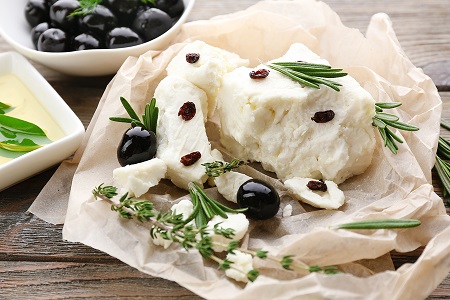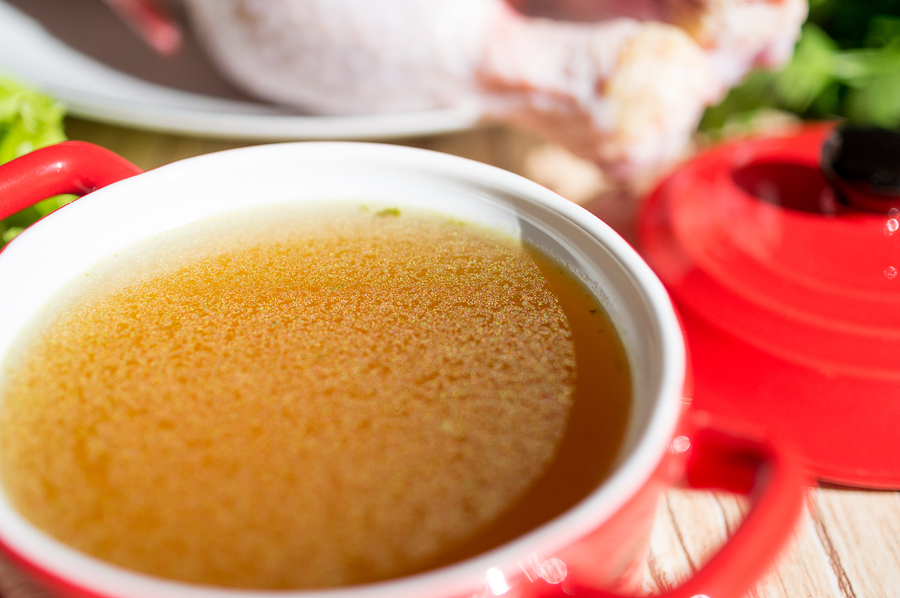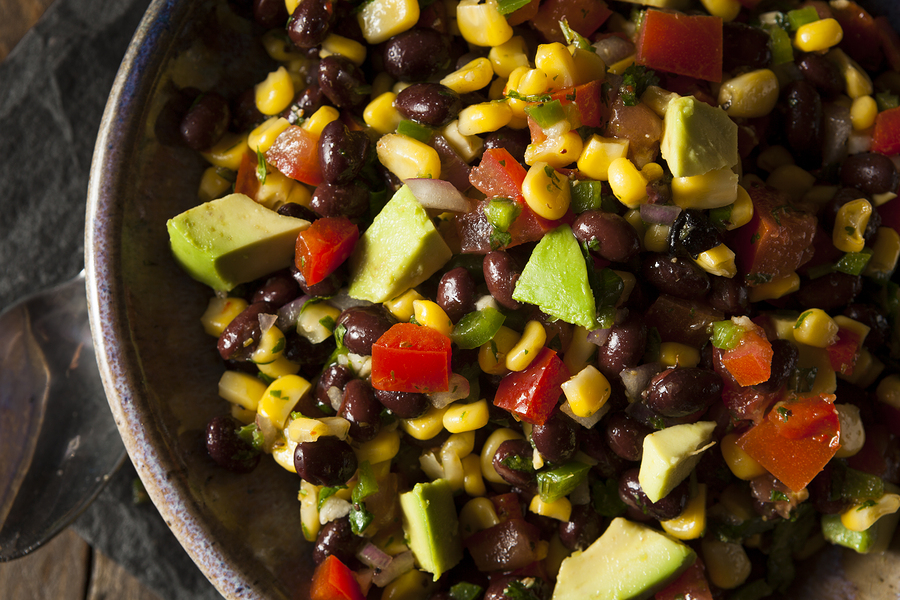A delicious dairy-free alternative to this favorite cheese.
Click to get more Easy, Healthy Recipes
Preparation Time
20 hours and 20 minutesCooking Time
45 minutesDifficulty Rating
2Health Level
5Serves
10

Ingredients
- 1 cup / 142 g skinless almonds
- 1½ cups / 360 ml almond milk
- ¼ cup / 60 ml sauerkraut juice
- 1 Tbsp. / 14 ml olive oil
- 1 tsp. / 14 ml coconut oil
- 1 tsp. / 3 g garlic powder
- 1 tsp. / 6 g salt or substitute
Directions
- Place almonds in lidded container with almond milk. Cover and refrigerate for at least 8 hours.
- Purée softened almonds with soaking milk, sauerkraut juice, oils, garlic, and salt/substitute in a food processor or high-speed chopper with an “S” blade until smooth and creamy, approximately 5 minutes.
- Place colander over bowl, and line with cheesecloth. Empty almond mixture into cheesecloth, bring corners and sides of cloth together, and squeeze out the excess liquid into a lidded container. If desired, refrigerate the liquid for later use in other recipes.
- Refrigerate the strained cheese in the cheesecloth over the colander for 12 hours.
- Preheat oven to 200°F/ 95°C. Line shallow loaf pan with parchment paper.
- Transfer cheese from cloth to prepared pan, and press down evenly to form a slab measuring approximately 1 inch / 2½ cm in height (or less, if desired).
- Place pan in middle rack of oven, and bake for 45 minutes, until top starts to become firm. Remove from oven and cool.
- Refrigerate after cooling or cover lightly with cheese cloth and leave for 2-3 days at a temperature of about 45-50°F / 7-10°C to “ripen”. This offers the additional advantage of fermentation, but must be done with safety in mind.
- Chill before serving, and store in the refrigerator.




Hi, dandjparty. I have tried it, and it does work with commercial almond milk. I have added the ripening temperature.
Has anyone tried this? Does it work with commercial almond milk? What is the yield? It would seem that making a decent pseudo Feta without knowing the proper temperature at which to “ripen” it could be a disaster. “Warm room’ isn’t a safe temperature. Can we be a bit more precise please?